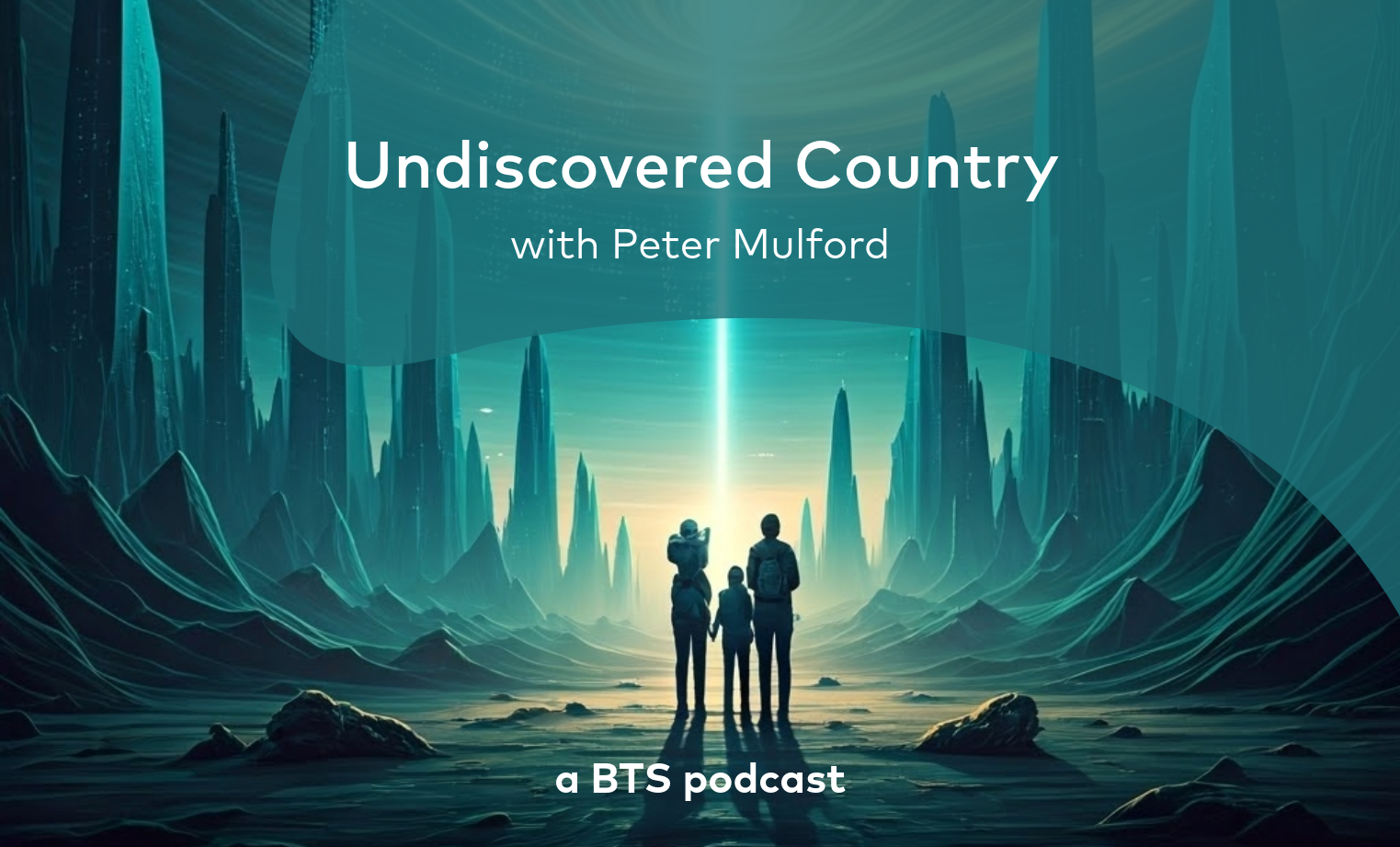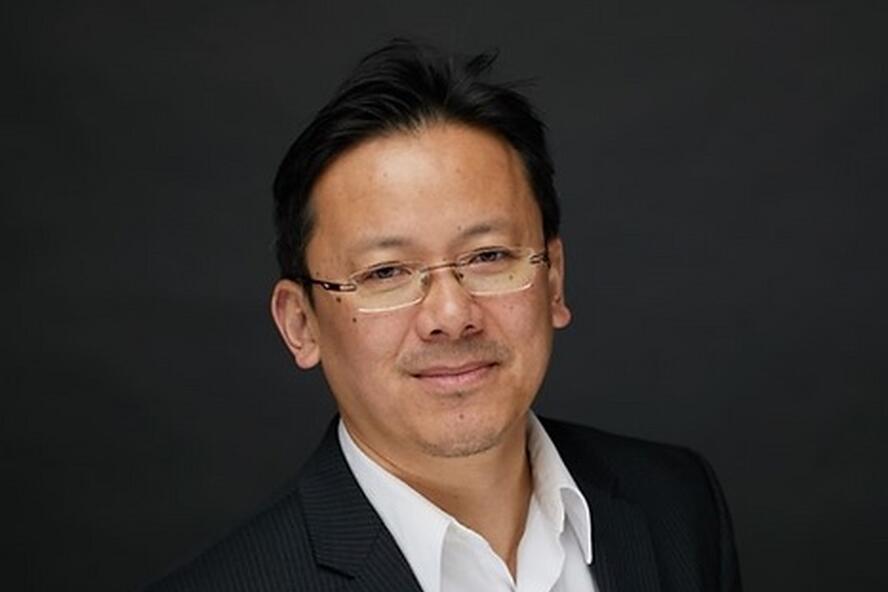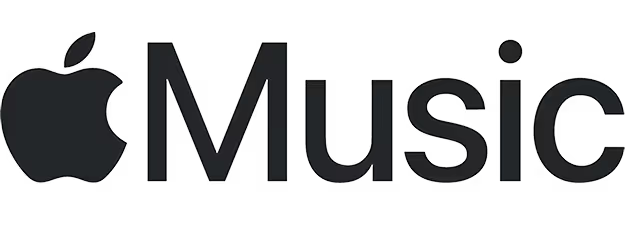From ordinary to unforgettable: the three keys to lasting impact

In this episode of Undiscovered Country , host Peter Mulford sits down with Columbia Business School’s Michel Tuan Pham to explore the psychology behind what makes an experience feel truly special. Drawing on his latest research, Professor Pham reveals three powerful drivers of unforgettable moments— uniqueness , meaningfulness , and authenticity —and how even the smallest touches can have a lasting impact. Together, they unpack how brands and leaders can design emotionally resonant experiences, and why AI may enhance or erode our sense of what’s real.

Most of us want to lead in a way that matters; to lift others up and build something people want to be part of.But too often, we’re socialized (explicitly or not) to lead a certain way: play it safe, stick to what’s proven, and avoid the questions that really need asking.
This podcast is about the people and ideas changing that story. We call them fearless thinkers.
Our guests are boundary-pushers, system challengers, and curious minds who look at today’s challenges and ask, “What if there is a better way?”If that’s the energy you’re looking for, you’ve come to the right place.
Related content
Related content

lorem ipsum

lorem ipsum

lorem ipsum





.svg)